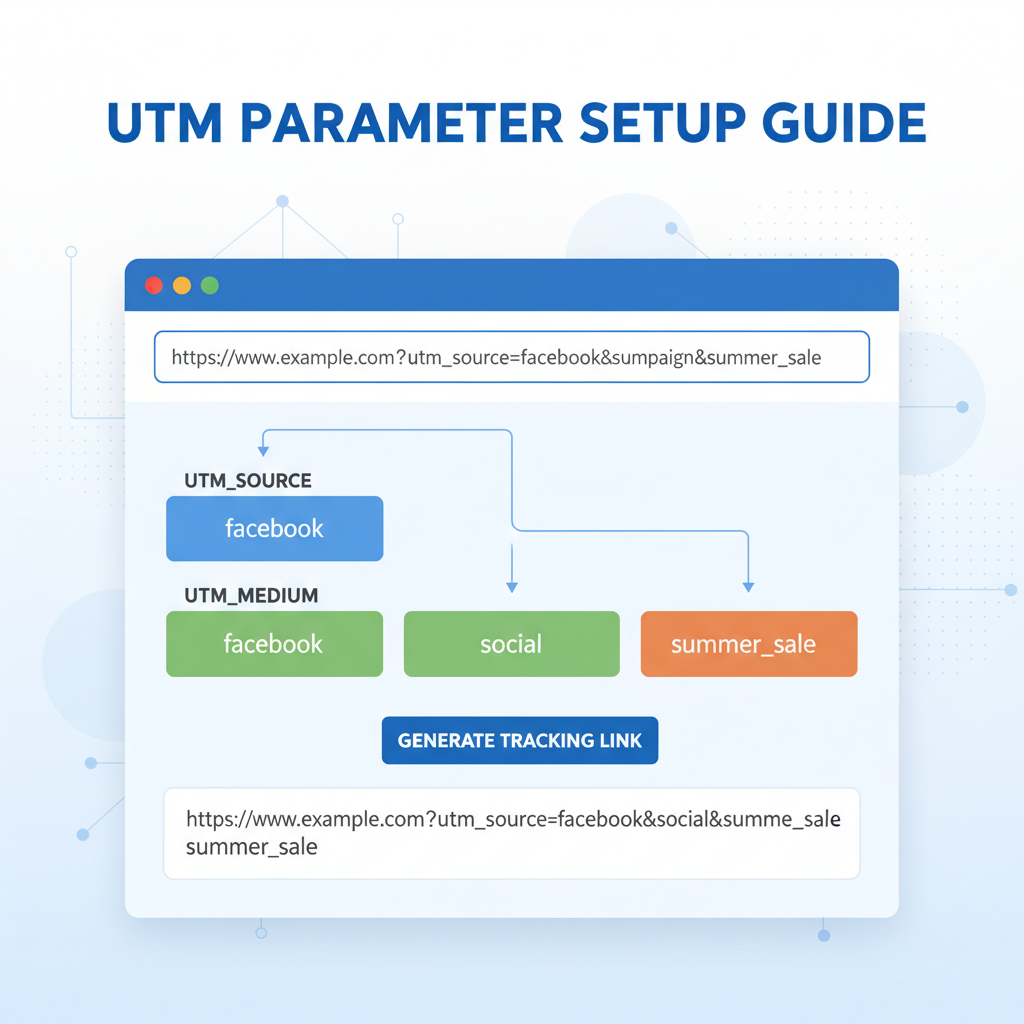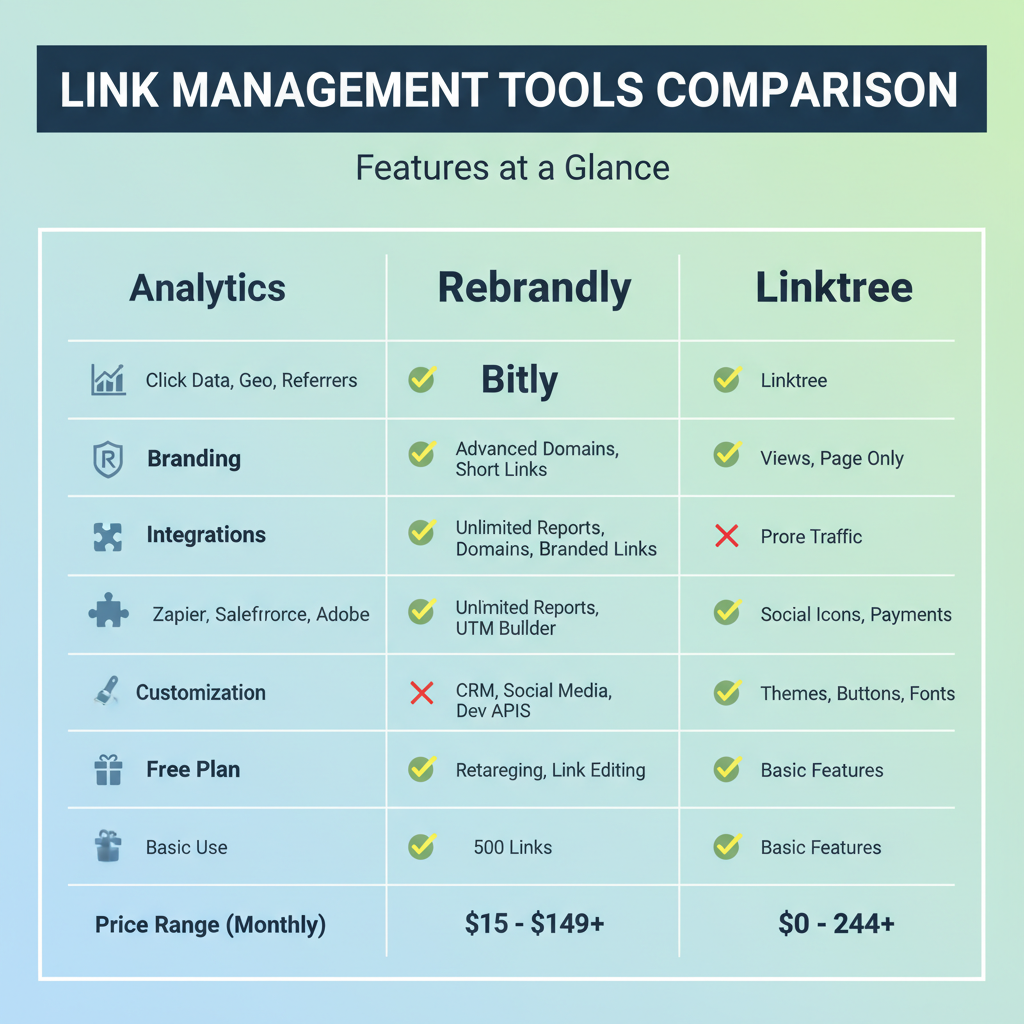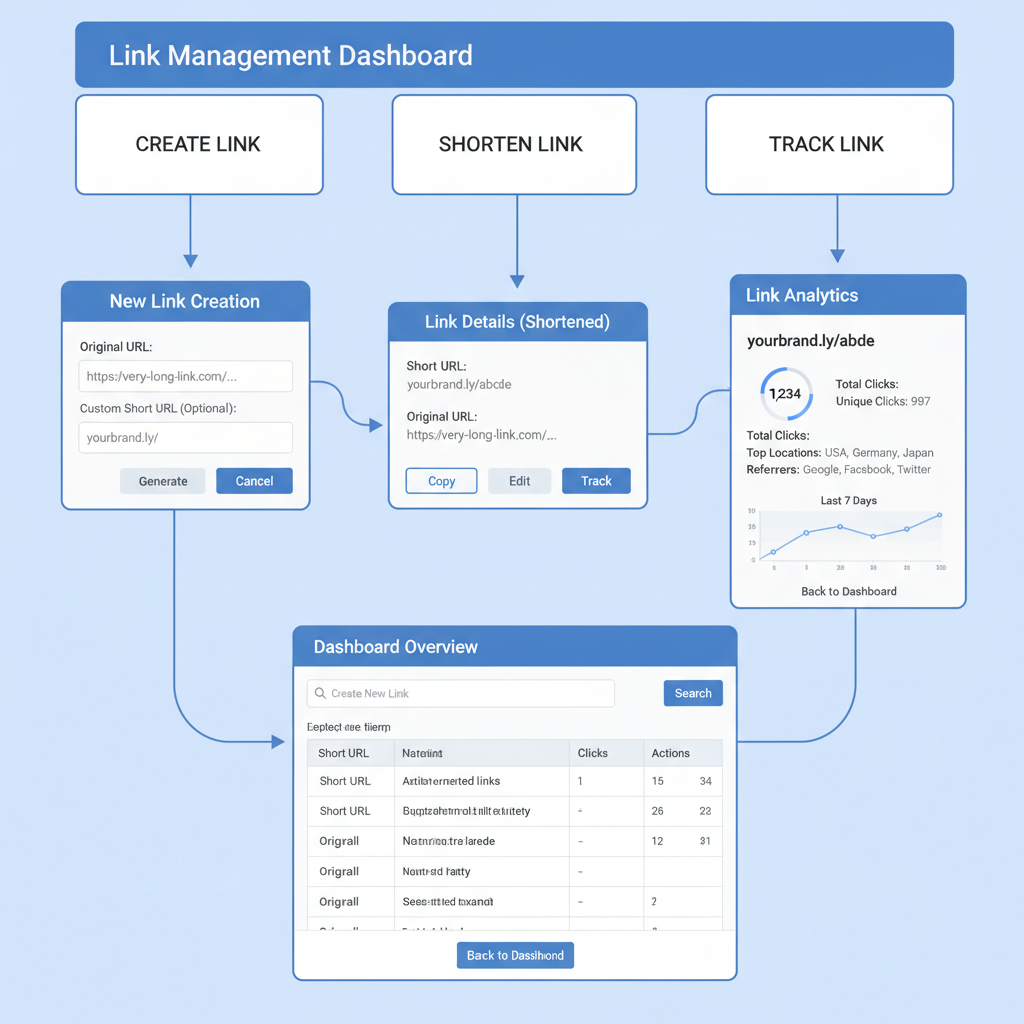Link Management Platform Guide and Best Practices
Learn how to choose and use link management platforms with best practices for shortening, tracking, organizing, and customizing links to boost campaigns.

Introduction to Link Management Platforms

A link management platform is an essential tool for modern digital marketers, businesses, and content creators seeking to optimize their online presence. Beyond simply shortening URLs, these solutions enable tracking, organizing, and customizing links for campaigns across multiple channels. In this guide, we’ll explore how link management platforms work, their key features, and best practices for leveraging them to drive engagement and conversions.
---
Understanding a Link Management Platform
A link management platform is a digital tool designed to help individuals, businesses, and content creators control, organize, and monitor the links they share online. It is much more than just a link shortener — it serves as a hub for editing destinations, tracking user engagement, and ensuring brand consistency across all channels.
Core functions typically include:
- Link shortening for clean, shareable URLs
- Click tracking to measure engagement metrics
- Campaign organization via tags, folders, and categories
- Customization options such as branded domains and descriptive slugs
- Link editing without changing the public URL
- Integration with analytics platforms, CRMs, and social media tools

By consolidating all link activities in one place, these platforms save time, reduce errors, and provide actionable insights.
---
Common Use Cases for Businesses and Creators
Whether you are a marketer, e-commerce seller, or social media influencer, a link management platform offers versatile applications:
- Social Media Campaigns
- Share shortened links that fit within character limits and monitor audience engagement across platforms.
- Email Marketing
- Embed trackable links in newsletters to measure conversions from your mailing list.
- Affiliate Marketing
- Manage multiple affiliate URLs, apply consistent branding, and track clicks at scale.
- Event Promotion
- Create distinct links for flyers, ads, and influencers so you can compare performance.
- Content Distribution
- Centralize blog post, podcast episode, and video links for ease of sharing.
---
Comparing Popular Link Management Tools
Choosing the right link management platform depends on your needs, budget, and technology stack. Below is a comparison of popular options:
| Platform | Key Features | Pricing | Integrations |
|---|---|---|---|
| Bitly | Link shortening, branded domains, analytics | Free tier + Paid from $8/mo | Zapier, Slack, Google Analytics |
| Rebrandly | Domain branding, team collaboration, traffic routing | Free tier + Paid from $12/mo | Google Sheets, Chrome Extension, Zapier |
| TinyURL Pro | Custom domains, link expiration, QR code generation | From $9.99/mo | Basic API, ecommerce plugins |
| BL.INK | Advanced analytics, enterprise-scale link management | Custom enterprise pricing | Salesforce, HubSpot, Marketo |
---
Link Shortening, Tracking, and Analytics Essentials
Shortened links not only look cleaner but also give you full control over tracking. When a user clicks a shortened link, the platform logs:
- Number of clicks
- Referrer sources (social media, email, search engine)
- Geographic location
- Device type and browser
- Time of activity

Analytics allow you to identify engaged audiences and determine which platforms drive the most conversions. This data guides budget allocation and creative adjustments.
---
Organizing and Categorizing Links for Campaigns
A chaotic link list can sabotage your marketing efforts. Follow these organizational strategies:
- Tagging: Label links with campaign names or content categories.
- Folders: Group links per product launch or seasonal promotion.
- Naming conventions: Use descriptive slugs to quickly identify content.
- Archived links: Move outdated URLs to an archive to avoid confusion.
Efficient categorization reduces time spent searching for old links and prevents accidental use of stale URLs.
---
Setting Up UTM Parameters for Performance Tracking
UTM parameters are tags appended to URLs to track campaign performance through tools like Google Analytics.
Example:
https://example.com/product?utm_source=newsletter&utm_medium=email&utm_campaign=spring_saleKey parameters:
- utm_source: Identifies the channel (e.g., facebook, newsletter)
- utm_medium: Specifies type of marketing medium (e.g., social, email)
- utm_campaign: Defines the specific campaign name or theme
- utm_term: (Optional) Tracks search keywords
- utm_content: Differentiates ads or links within the same campaign
Tip: Your link management platform can automate UTM addition for consistency.
---
Advanced Features: Branded Domains, QR Codes, API Access
Modern platforms go beyond shortening:
- Branded Domains: Replace generic shorteners (like bit.ly) with your own domain for trust and brand recognition.
- QR Code Generation: Perfect for offline marketing — flyers, packaging, or event materials.
- API Access: Integrate linking workflows into custom apps, e-commerce systems, or internal dashboards.
These features enhance professionalism and technical flexibility, allowing deeper integration into your marketing ecosystem.
---
Best Practices for Link Hygiene
Link hygiene is the process of keeping your links up-to-date, functioning, and relevant.
Best practices include:
- Regular audits: Check for broken links or redirect errors.
- Minimum redirection: Avoid excessive hops to ensure faster load times.
- Consistent naming: Maintain a recognizable and readable URL pattern.
- Expiry control: Use expiration features for time-sensitive content.
- Brand coherence: Ensure domains and slugs follow brand tone and style.
---
Compliance Considerations (GDPR and Data Privacy)
With link tracking comes data responsibility. Under GDPR and similar laws:
- Consent: Inform users about tracking before collecting click analytics.
- Data minimization: Only store essential metrics; avoid unnecessary personal data.
- Secure storage: Protect collected data with encryption and access controls.
- User rights: Provide ways for users to request data deletion or review.
Always review your platform’s privacy settings and legal documentation before launching campaigns.
---
Step-by-Step Guide: Setting Up a Link Management Platform
- Select Your Platform
- Compare features and pricing; choose one aligned with your goals.
- Create an Account
- Sign up and verify your email.
- Configure Branded Domain
- Link your custom domain to the platform.
- Import or Create Links
- Upload existing URLs or add new campaigns.
- Define Tags and Folders
- Organize links for easy retrieval.
- Set Up Tracking
- Enable UTM parameters or built-in analytics.
- Integrate with Other Tools
- Connect analytics, CRMs, or social media schedulers.
- Test and Launch
- Share links and monitor initial performance metrics.
---
Case Study: Improved CTR Through Link Management
A mid-sized e-commerce retailer migrated from static URLs to a dedicated link management platform for all social and email campaigns.
Within three months, they achieved:
- 23% higher Click-Through Rate (CTR)
- 15% increase in conversion rate
- Consistent branding via custom domains
The success was attributed to:
- A/B testing different link placements
- Detailed analytics tracking for each channel
- Prompt updates to destination pages based on data feedback
---
Tips for Ongoing Monitoring and Optimization
To sustain results:
- Automate reports: Save time with scheduled analytics exports.
- Experiment with CTA phrasing: Small changes can impact clicks.
- Monitor trends: Adjust campaigns based on peak engagement times.
- Update broken or outdated links quickly: Maintain trust and prevent lost conversions.
- Review integrations quarterly: Make sure all tools are syncing correctly.
By treating the link management platform as a living resource rather than a one-time setup, marketers can continually enhance their campaigns.
---
Summary and Next Steps
A link management platform equips businesses and creators with the tools to optimize URLs, track engagement, and maintain brand consistency. By implementing clear organizational practices, leveraging analytics, and respecting privacy laws, you can transform clicks into meaningful results. Ready to take control of your links? Explore top platforms today and start refining your digital strategy for better performance.




